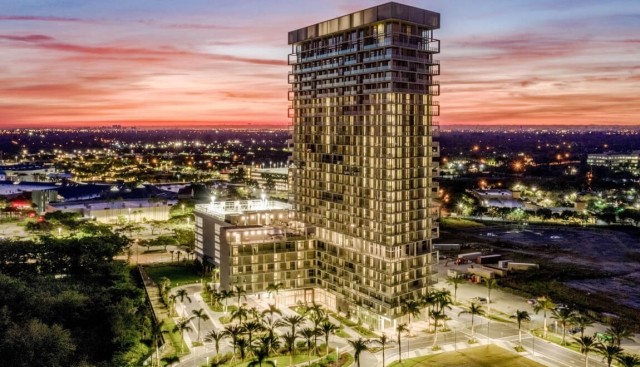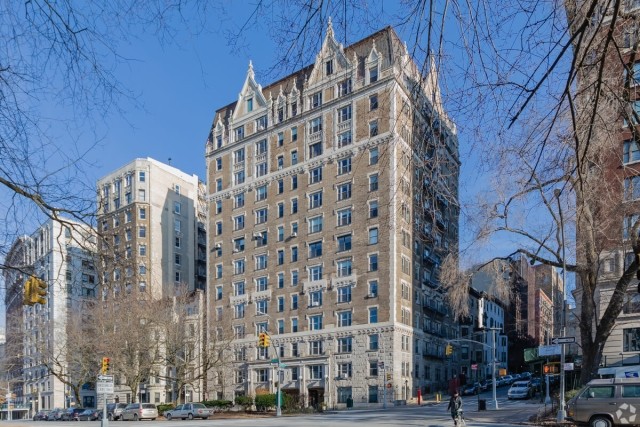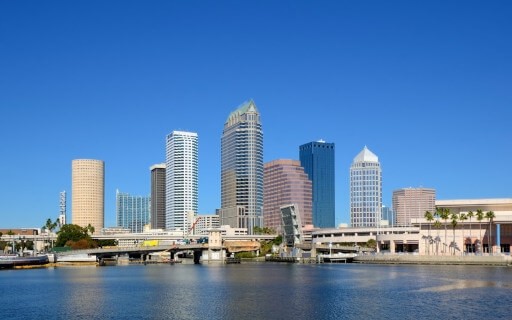If you’re like me and suffer from seasonal allergies, you know it can be challenging to do daily activities when you’re feeling congested and itching your eyeballs. Over 50 million U.S. residents suffer from allergies – and where you live can impact how long your symptoms last.
Wouldn’t it be wonderful to live in a place where allergens don’t take over your life? You know, a place where you would just be grateful to breathe normally. Well, such a place exists – eight to be exact. The Asthma and Allergy Foundation of America (AAFA) has released their 2018 spring and fall allergy reports ranking the best and worst cities to live when you have allergies. If allergies are affecting your quality of life, consider moving to these cities:
The Best U.S. Cities for Renters with Allergies:
- Denver, CO
- Provo, UT
- Boise, ID
- Portland, OR
- Colorado Springs, CO
- Ogden, UT
- Seattle, WA
- Salt Lake City, UT
AAFA Report Methodology
Both AAFA allergy reports look at data from 100 of the United States’ most populated cities. The factors that are analyzed include: pollen count, prescription and over-the-counter allergy medication usage, and the amount of allergists/immunologists in the area. For more information on the report, or how to test and prevent allergies, visit the AAFA allergies page.
How to Look for an Apartment When You Have Allergies
When you tour an apartment and have allergies, you may need to look out for outdoor and indoor signs that can induce a flare-up. You want to live comfortably in your new place, right?
Walking up to the home, keep your eyes open for signs – even if they itch (sorry!). Is the building shaded by trees? Apartments in heavily wooded areas are exposed to more outdoor allergens than one in a city or along the coast. Take note of where the tree line is in relation to the front door as well as the balcony or patio. Living so close to pollen-producing plants may heed longer allergy symptoms.
Once inside, talk with the agent about the humidity level in the home. Mold and dust mites are common allergens that thrive in moist dwellings – it’s like a breeding ground for them. An apartment’s humidity level should be between 30-50% with a temperature range of 68-72 degrees Fahrenheit. Mold typically grows in small spaces of the homes, like under the sink or in a bathroom. If you spot mold, tell the agent!
Dust is always accumulating inside a home, even after a good clean. Pet dander is an allergen that many people are allergic to and with pet-friendly apartments, it’s possible that a cat or dog used to reside in the home you’re considering for your own. Renters allergic to pets should ask the agent about a deep cleaning prior to moving in. It’s usually not a problem and doesn’t cost the new tenant anything.
Did you know cockroaches are a type of allergy? Yes, an insect allergy. These pests as well as their droppings can mess with your immune system. Signs of an infestation should be immediately reported to the agent so they can bring in the professionals. Keep cockroach repellent in your home if you have allergies to these creatures.
What Are the Most Common Types of Seasonal Allergies?
- Spring Allergens: Tree Pollen and Mold
- Fall Allergens: Ragweed Pollen, Mold, and Dust Mites
Tips for an Allergy-Free Home
1. Dust the home daily
A layer of dust can make you feel crummy when you suffer from allergies. Be sure to wipe the dust off counters, tables, and shelves every day to keep your home allergy-free. Other areas such as ceiling fans and base boards should be cleaned at least once a week to prevent a flare-up.
2. Do your laundry regularly
Bedding and clothing harbor millions of allergens. Washing your laundry in hot water will help eliminate dust mites so you can breathe easier. Plus, who doesn’t love the feeling of fresh sheets and shirts?
3. Clean the floors
Sweeping the floors and vacuuming the carpet will help to clean up particles that linger in your home. Hardwoods and linoleum should be mopped to minimize exposure.
4. Monitor humidity level
As mentioned before, moisture is essential for mold growth. Keeping your apartment at a regulated temperature and monitoring the humidity level will help keep mold out.
5. Maintain a clean and dry bathroom
Don’t let your bathroom become overgrown with mold and mildew! Cleaning all of the bathroom surfaces will help reduce and eliminate these irritants. If you’re using heavy cleaners, always ventilate the room by using a fan and opening the door or window.
6. Change the air filter
The air filters inside your apartment help keep out the three D’s: dirt, dust, and dander. Have community maintenance change out the filters regularly to prevent allergens from entering your home.
7. Groom your pets frequently
They may not appreciate it – but I know you will! Bathing and heavy brushing your pet can reduce pet dander that typically ends up on your floors.
8. Declutter
Piles of clutter in the home are a haven for allergens – get it out ASAP! Continue to dust, sweep, and vacuum your home to reduce the amounts you breathe in. Decluttering is key!
9. Air out your home Fresh air is always good in the home; opening a window can help rid the place of indoor allergens. Just be cautious of when you’re letting in air if you’re prone to outdoor allergies!
There are many ways to live a more comfortable life when you suffer from allergies. Moving to a city that’s best for allergies might be one. You can also better manage your allergy symptoms by making cleaning and apartment upkeep part of your daily or weekly routine. A clean home is a comfy home. It’s all up to you!






